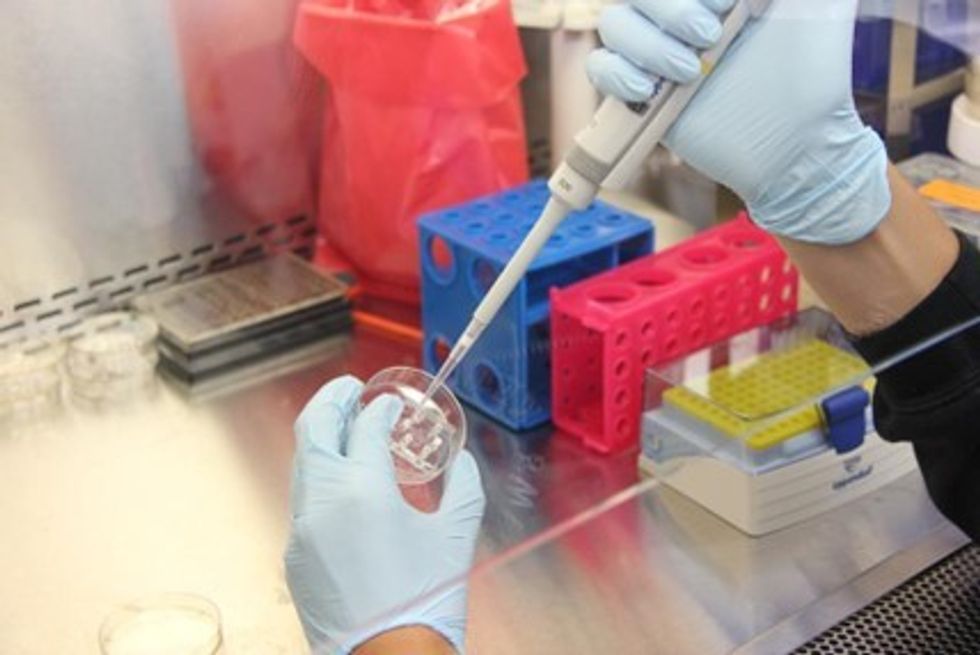Microplates are an important part of many laboratory experiments. They are often used to measure the results of a process or to test a product. When working with microplates, it is important to use the right closure and sealing method to ensure accurate results. This article will discuss the different types of closures and seals available, as well as how to choose the right one for your needs.
Heat sealing method
One of the most common methods for sealing microplates is the heat seal method. This method uses a heating element to melt the top layer of the plate, which then bonds to the bottom layer. Heat sealing is a quick and easy way to seal a microplate, and it is often used for plates that will be stored for long periods. For this reason, heat sealing is the preferred method for sealing storage plates. Heat sealing is also one of the most cost-effective methods for sealing microplates. If you are interested to learn more about heat sealing, you may be surprised to find that there are many pieces of heat sealing equipment for sale at a very reasonable price. You just need to take the time to find the right one for your needs. As much as possible, choose the one with adjustable temperature settings so you can find the perfect heat for your microplates. More often than not, 225 degrees Fahrenheit is the ideal temperature for heat sealing.
Radiofrequency method
Another popular method for sealing microplates is the radio frequency method. This method uses radio waves to seal the plates. Radiofrequency sealing is a quick and easy way to seal a microplate, but unlike the heat sealing method, it is often used for plates that will be used immediately after they are sealed. For instance, if you are going to use the plate for an assay, it is best to seal it using the radiofrequency method. This is because the radio waves create a stronger bond than the heat seal method. Just keep in mind that if you are using the radio frequency method, you need to be careful not to overheat the plate, as this can damage the contents. Radiofrequency sealing is also more expensive than heat sealing, so it is not always the best option for sealing storage plates.
Adhesive sealing method
The adhesive seal method uses an adhesive to bond the two layers of the plate together. In case you are wondering, the adhesive is a type of glue that is applied to the top layer of the plate. Adhesive sealing is a quick and easy way to seal a microplate, but it is not as strong as the heat seal or radiofrequency methods. For this reason, many people prefer to use the adhesive seal method for plates that will be used immediately after they are sealed. However, some still prefer this for sealing storage plates, as it is less likely to damage the contents of the plate. Just keep in mind that you need to be careful when using the adhesive seal method, as it is easy to over-apply the adhesive and create a mess.
Sonic sealing method
Finally, another popular method for sealing microplates is the sonic sealing method. This method uses sound waves to bond the two layers of the plate together. For example, if you need to seal a plate quickly, you can use the sonic sealing method. Sonic sealing is also a strong way to seal a microplate, but it is not as common as the other methods. This is because it is more expensive and difficult to find equipment that can generate the necessary sound waves. More often than not, people who use the sonic sealing method do so because they need to seal a large number of plates quickly, which is why they invest in the necessary equipment.
Choosing the right closure and seal
If you are interested in sealing microplates, you should first decide which method is best for your needs. Heat sealing is the most common method, but it is not always the best option. Radiofrequency sealing is a strong option, but it is more expensive. Adhesive sealing is quick and easy, but it is not as strong. Sonic sealing is a strong option, but it is more expensive and difficult to find the necessary equipment. Choose the method that best suits your needs and budget.
No matter which method you choose, always make sure to test it on a small scale before sealing all of your microplates. This will ensure that you are using the right temperature, pressure, or other settings. Once you have perfected your sealing method, you can move on to sealing all of your microplates with confidence.












